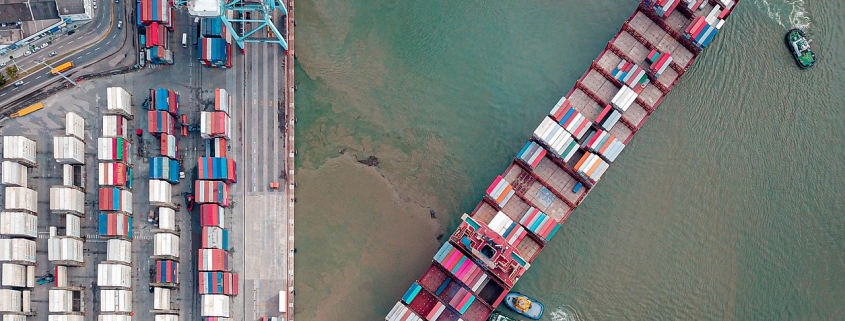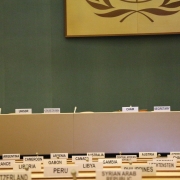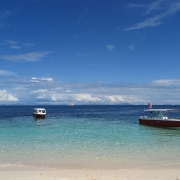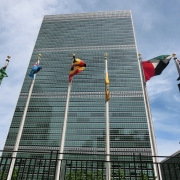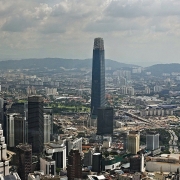How does protectionism affect the global economy?
Topic of Study [For H2 History Students]:
Paper 1: Understanding the Global Economy (1945-2000)
Section B: Essay Writing
Theme II Chapter 1: Problems of economic liberalisation
Trade imbalances
By the late 1960s, the USA had faced economic setbacks, such as persistent trade deficits vis-à-vis Japan and Western Europe that surged to nearly US$40 billion in 1980. Throughout the 1960s, the USA had clashed with Japan over alleged dumping that hurt the profit levels of American businesses.
In particular, the automobile industry was affected by the entry of Japanese automakers which were known for their durability and fuel efficiency. The dominance of the ‘Big Three‘, namely General Motors, Ford and Daimler Chrysler, was being challenged by the Japanese counterparts.
The Nixon administration and economists generally attributed the emerging trade deficit to Vietnam War inflation, lagging productivity gains, an overvalued dollar, and ballooning energy costs.
An excerpt from “Opening America’s Market: U.S. Foreign Trade Policy Since 1776” by Alfred E. Eckes.
Trade Act of 1974
In the early 1970s, the US government contemplated on the use of protectionism to address the economic malaise. The problems were compounded by the first oil shock in 1973 that led to a surge in inflation rates.
The committee complained about the executive’s “soft” response to certain unfair foreign trade practices. “By pursuing a soft trade policy, by refusing to strike swiftly and surely at unfair trade practices, the Executive has actually fostered the proliferation of barriers to international commerce.”
As enacted, the Trade Act of 1974 appeared to represent a major shift away from the philosophy that had guided trade policy since 1934.
An excerpt from “Opening America’s Market: U.S. Foreign Trade Policy Since 1776” by Alfred E. Eckes.
Voluntary Export Restraints
In the early 1980s, the Reagan Administration negotiated a Voluntary Export Restraint (VER) with Japan to limit the number of Japanese automobile exports. The restriction was meant to ease the competition that local car producers were facing at that time. As intended, the VER had succeeded in preventing the potential collapse of the automobile industry in the USA.
By 1985, Honda was producing over 150,00 cars in Marysville, Ohio, and Nissan had started operations in Tennessee. In the years that immediately followed, Toyota, Mazda, and Mitsubishi followed suit. […] Finally, by the early 1980s, the surge in imported automobiles from Japan that occurred in the mid- and late 1970s had aged such that the demand for after market parts for Japanese cars was now increasing.
An excerpt from “The Effects of U.S. Trade Protection and Promotion Policies” by Robert C. Feenstra
What can we learn from this article?
Consider the following question:
– How far do you agree that the economic problems in the 1970s and 1980s were the result of US policies?
Join our JC History Tuition to learn more about the problems of the Global Economy. The H2 and H1 History Tuition feature online discussion and writing practices to enhance your knowledge application skills. Get useful study notes and clarify your doubts on the subject with the tutor. You can also follow our Telegram Channel to get useful updates.
We have other JC tuition classes, such as JC Math Tuition and JC Chemistry Tuition. For Secondary Tuition, we provide Secondary English Tuition, Secondary Math tuition, Secondary Chemistry Tuition, Social Studies Tuition, Geography, History Tuition and Secondary Economics Tuition. For Primary Tuition, we have Primary English, Math and Science Tuition. Call 9658 5789 to find out more.

